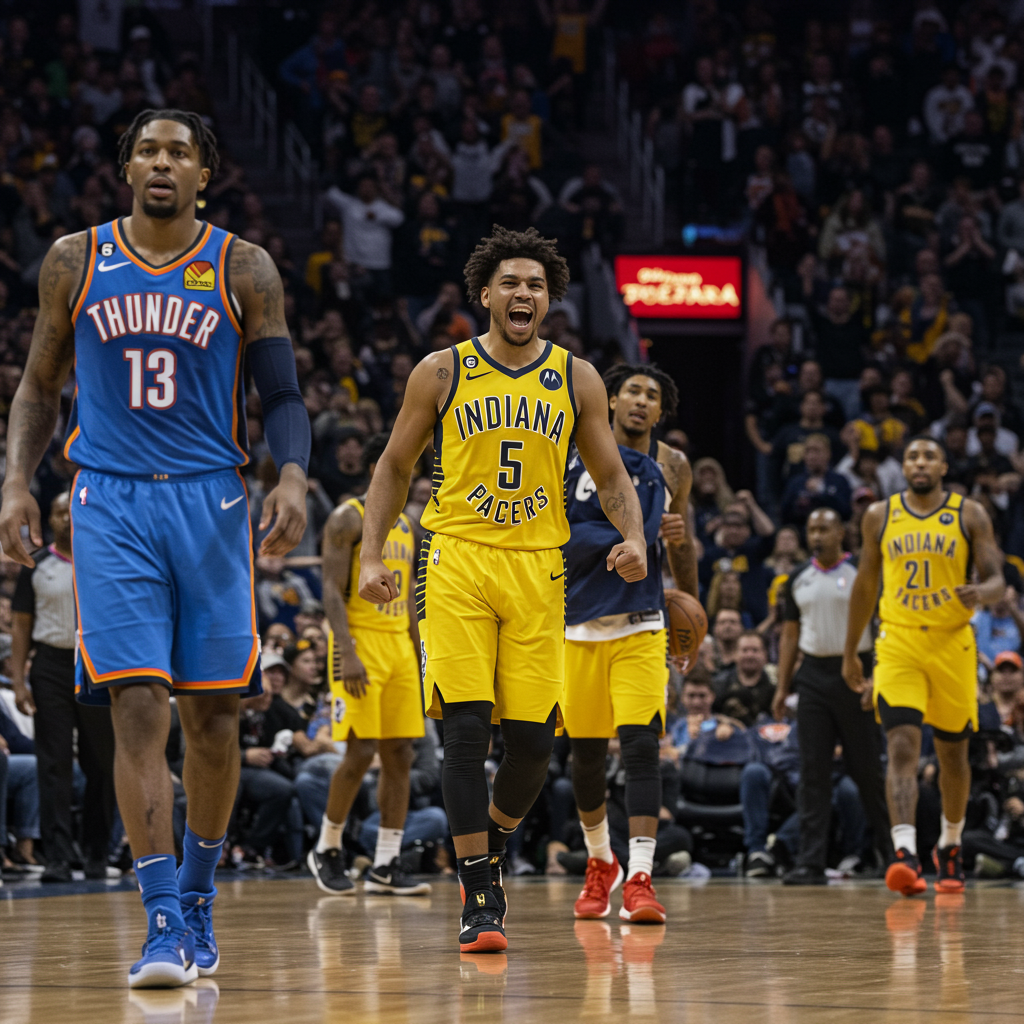In a moment that etched itself into baseball history, Los Angeles Dodgers ace Clayton kershaw recorded his 3,000th career strikeout. This remarkable achievement, reached on July 2, 2025, against the Chicago White Sox at a buzzing Dodger Stadium, wasn’t just another entry in the record books. For many, it definitively cemented Kershaw’s place not only among baseball’s elite but, perhaps more significantly, as the greatest pitcher ever to wear the iconic Dodger uniform.
The historic pitch, an 85 mph slider catching Vinny Capra looking in the sixth inning, ignited a roar from the Chavez Ravine faithful that rivaled World Series celebrations. Kershaw became just the 20th pitcher in Major League Baseball history to join the exclusive 3,000-strikeout club and only the fourth left-hander to do so. This milestone, achieved in his 18th season at age 37, underscores a career built on sustained dominance and unparalleled longevity, characteristics that fuel the impassioned debate comparing him to the revered Sandy koufax.
Beyond the Milestone: The Koufax Comparison
The argument often starts and ends with Sandy Koufax for many long-time fans. His legendary peak, marked by four Cy Youngs, an MVP, and three World Series titles in just six seasons, remains unmatched in its sheer, blinding brilliance. Koufax was, as one observer noted, a “meteor, streaking across the sky” – an amazing flash that burned intensely before retiring young.
However, comparing Kershaw and Koufax requires looking beyond peak performance to the totality of a career. Kershaw, still pitching effectively in his 18th season, represents an “enduring flame” – a continuous, powerful presence over nearly two decades. This sustained excellence, likened by some to Kobe Bryant’s longevity versus Shaquille O’Neal’s early dominance, is the crux of the argument for Kershaw.
Longevity Tells a Powerful Story
The numbers supporting Kershaw’s claim are compelling and, in many key areas, surpass Koufax simply due to the sheer volume compiled over a much longer tenure.
Seasons Played: Kershaw is in his 18th season; Koufax played 12. That’s six additional years of impact.
Innings Pitched: Kershaw has thrown 463 more regular-season innings than Koufax. This larger sample size provides a more comprehensive look at his performance over time.
- Total Strikeouts: With 3,000, Kershaw has fanned 604 more batters than Koufax’s career total. That’s equivalent to adding 22 games composed entirely of strikeouts – a staggering difference.
- www.latimes.com
- www.nytimes.com
- chicago.suntimes.com
- wgy.iheart.com
- www.latimes.com
While Koufax’s prime was legendary, Kershaw’s ability to maintain elite levels of production over a vastly longer period cannot be ignored. His career ERA of 2.51 is better than Koufax’s 2.76, and his winning percentage (.697) also tops Koufax’s (.655). Even in an era where pitcher wins are de-emphasized, Kershaw boasts 51 more career victories.
The Postseason Debate Reimagined
Kershaw’s postseason struggles are often the primary weapon for Koufax advocates, citing Koufax’s stellar 0.95 playoff ERA compared to Kershaw’s 4.49. While the ERA difference is undeniable, this comparison often lacks critical context regarding sample size and era.
Kershaw has appeared in 39 postseason games with the Dodgers, starting 13 games that extended past the sixth inning. Koufax, by contrast, pitched in just eight playoff games, with five starts lasting beyond the sixth. Kershaw has navigated multiple playoff rounds in numerous seasons, increasing his exposure to high-pressure situations and potential stumbles. Koufax never pitched beyond a single playoff round in any given year. Despite taking the mound in nearly five times as many critical playoff contests, Kershaw has won only one fewer World Series title than Koufax. This perspective reframes the postseason narrative, highlighting Kershaw’s endurance through October pressures over a much longer period.
Rarity of the 3,000 K Club
Reaching 3,000 strikeouts is an achievement rarer than winning 300 games (20 pitchers vs. 24). Kershaw joins an elite group of only four left-handers to hit the mark (Randy Johnson, Steve Carlton, CC Sabathia) and just two others in the last century to do it all with a single franchise (Walter Johnson and Bob Gibson). Adding to the prestige, Kershaw reached the milestone in 2,787.1 innings, the fourth-fastest pace to 3,000 strikeouts by innings pitched in MLB history, trailing only legends Randy Johnson, Max Scherzer, and Pedro Martinez. These specific distinctions highlight not just longevity but also sustained dominance and loyalty.
Intangibles: The Heart of the Dodgers
Beyond the statistics, Kershaw’s impact on the Dodgers organization over 18 years is profound. He is widely seen as the guardian of the team’s current “golden age.” His unwavering professionalism, relentless work ethic, and accountability have set the standard and shaped the clubhouse culture for nearly two decades.
Through injuries, personal success, and team disappointments, Kershaw has been a constant force. He has never publicly complained, pointed fingers, or created distractions. He simply shows up, every day, ready to work. This consistent presence and leadership have earned him the deep respect of teammates, coaches, and the fanbase. Manager Dave Roberts, who once hesitated when asked about the greatest Dodger pitcher, now states unequivocally, “It’s hard to not say that Clayton is the greatest Dodger of all time,” calling him a “unicorn” for his sustained excellence and impact. San Francisco Giants president Buster Posey and active aces like Justin Verlander and Gerrit Cole have echoed similar sentiments, praising his enduring skill and Hall of Fame legacy.
His connection with the fans was palpable during the 3,000-strikeout game. The overwhelming support he felt, described as “amazing,” underscores how deeply his journey is intertwined with the Dodger faithful.
The Future: Statue and Legacy
While the Dodgers organization may understandably shy away from officially labeling Kershaw the “greatest” out of respect for Sandy Koufax’s monumental legacy and importance to generations of fans, the sentiment is increasingly clear. A statue of Clayton Kershaw is widely anticipated to stand alongside those of Jackie Robinson and Sandy Koufax in the Dodger Stadium center field plaza. It will be a fitting tribute to a player whose sustained brilliance, remarkable milestones like 3,000 strikeouts, and profound impact on the franchise have left an indelible mark on Dodgers history. For those who witnessed his journey, the “Greatest” debate feels settled.
Frequently Asked Questions
What is the significance of Clayton Kershaw reaching 3,000 career strikeouts?
Reaching 3,000 strikeouts is one of baseball’s rarest pitching achievements. Clayton Kershaw is only the 20th pitcher in MLB history to achieve this milestone, just the fourth left-hander, and remarkably, only the third player ever to reach 3,000 strikeouts while pitching for a single team throughout their entire career. He also reached the mark at the fourth-fastest pace by innings pitched. This accomplishment solidifies his Hall of Fame candidacy and highlights his combined dominance and extraordinary longevity.
How does Clayton Kershaw’s career longevity compare to legendary Dodgers like Sandy Koufax?
Clayton Kershaw’s career longevity significantly surpasses that of Sandy Koufax. As of his 3,000th strikeout in 2025, Kershaw is in his 18th major league season, having pitched over 460 more regular-season innings than Koufax did in his 12 seasons. While Koufax had an intense, dominant peak, Kershaw has maintained an elite level of performance over a much longer duration, accumulating superior career statistics in total strikeouts, wins, ERA, and winning percentage across a larger body of work.
Is Clayton Kershaw considered the greatest pitcher in Los Angeles Dodgers history?
The article strongly argues that Clayton Kershaw’s sustained excellence over 18 seasons, culminating in milestones like 3,000 strikeouts, positions him as the greatest pitcher in Dodgers history. While acknowledging Sandy Koufax’s unparalleled peak dominance and emotional connection with fans, the argument favors Kershaw’s superior career longevity, cumulative statistics (innings, strikeouts, ERA, wins), and enduring impact on the franchise culture over nearly two decades. Many, including Dodgers manager Dave Roberts, now lean towards Kershaw having the more impactful overall career with the team.


